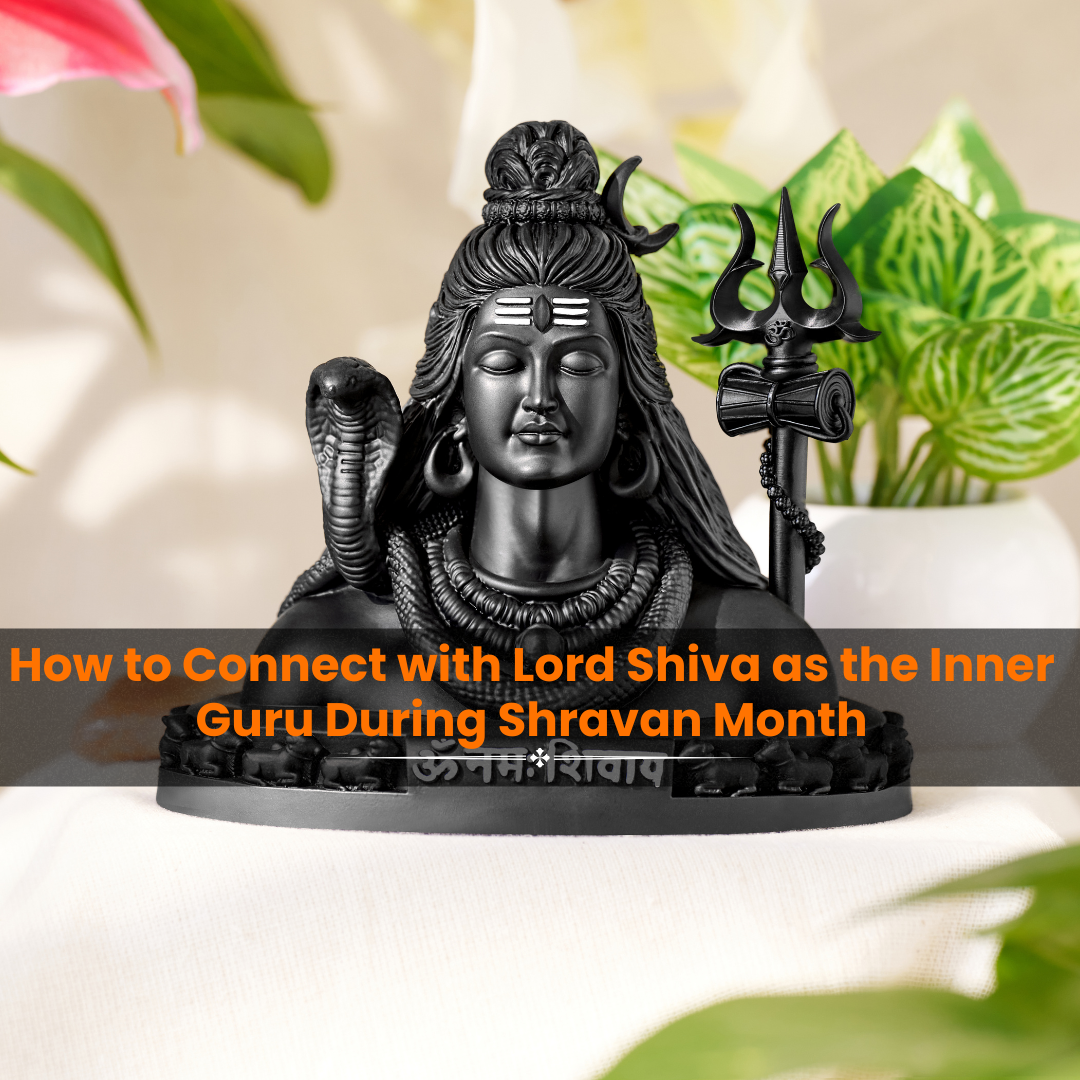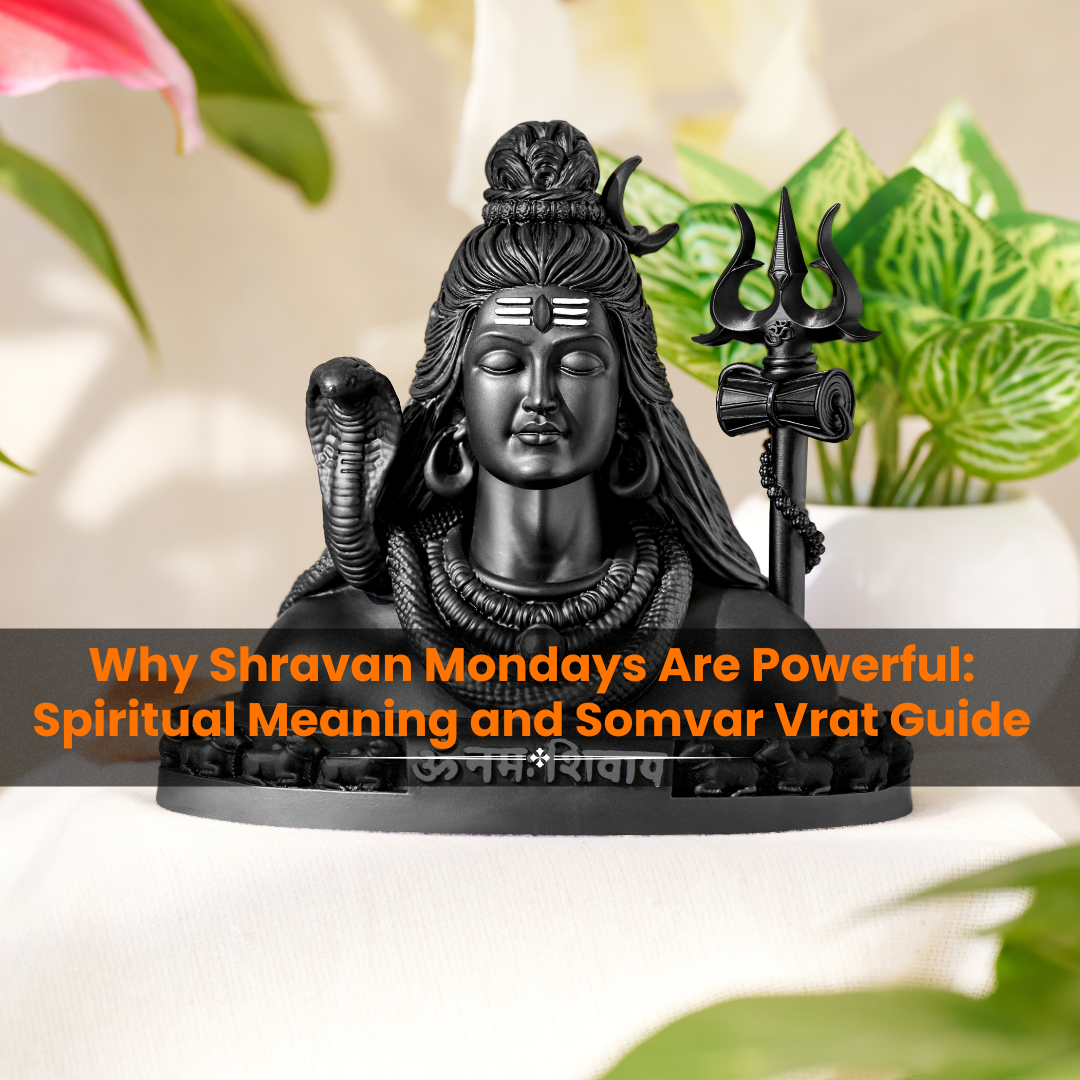
The History, Evolution, and Significance of Ram Lalla Idols
Introduction
The worship of Ram Lalla, the infant form of Lord Rama, holds a cherished place in Hindu tradition. Revered as a symbol of innocence, purity, and divine power, Ram Lalla idols have been integral to Hindu worship for centuries. This blog delves into the history and evolution of these sacred idols, highlighting their religious significance and enduring presence in Hindu culture.
Origins of Ram Lalla Worship
The roots of Ram Lalla worship are deeply embedded in the epic Ramayana. Lord Rama, the seventh avatar of Vishnu, is widely honored across India. While traditional depictions often showcase him as a valiant prince or king, the child form, Ram Lalla, represents the divine in its purest and most innocent state.
The earliest known instances of Ram Lalla worship trace back to North India, particularly the Ayodhya region. Devotees honored the child form of Rama to connect with his divine essence, unmarred by the complexities of his later life. This practice gradually spread throughout India, becoming a revered part of Hindu worship.
The Evolution of Ram Lalla Idols
Ram Lalla idols have evolved significantly in design and style over the centuries. Initially, these idols were simple and handcrafted from materials like clay and wood. As devotion grew, artisans began creating more intricate and detailed idols using materials such as stone, metal, and polystone. These idols often depict Ram Lalla seated or standing with a serene smile, radiating peace and grace.
The evolution of Ram Lalla idols also reflects regional artistic influences. In North India, traditional Mughal and Rajasthani art styles are prominent, while South Indian idols may showcase Dravidian art influences. Despite these regional variations, the core essence of Ram Lalla remains consistent—symbolizing divine innocence and grace.
Significance in Hindu Tradition
Ram Lalla holds profound religious significance for devotees. Worshipping this child form of Lord Rama is believed to bring blessings of peace, prosperity, and protection to one's home. Ram Lalla is also seen as a symbol of hope and purity, inspiring devotees to lead righteous lives.
In temples, Ram Lalla idols are often placed in the inner sanctum, where they receive special rituals and offerings. The renowned Ram Janmabhoomi temple in Ayodhya stands as the most prominent site for Ram Lalla worship, attracting millions of devotees worldwide.
The Smart Shoppee: Bringing Divine Grace to Your Home
For those wishing to bring the blessings of Ram Lalla into their homes, The Smart Shoppee offers exquisitely crafted Ram Lalla idols. Based in Mumbai, The Smart Shoppee is celebrated for its high-quality religious idols made from Polystone—a durable material combining resin with stone powder. Among their top offerings is the Kaushalya Nandan Ayodhya Raghupati Shri Ram Lalla Divya Swaroop idol, which captures the divine essence of Ram Lalla with intricate detail.
The Smart Shoppee's dedication to quality and devotion ensures that each idol is a true work of art, ideal for personal worship or as a thoughtful gift. Whether enhancing your Puja room or seeking a divine presence in your home, The Smart Shoppee provides idols that resonate with the spiritual significance of this cherished tradition.
Conclusion
The history and evolution of Ram Lalla idols reflect the deep spiritual connection that Hindus have with Lord Rama. These idols, embodying the divine child, remind us of the purity and grace we strive for in our lives. As devotion continues to flourish, the tradition of worshipping Ram Lalla remains a timeless and treasured aspect of Hindu culture.
The Smart Shoppee offers devotees the chance to bring this divine connection into their homes, with beautifully crafted Ram Lalla idols that are both spiritually significant and artistically exquisite.

























